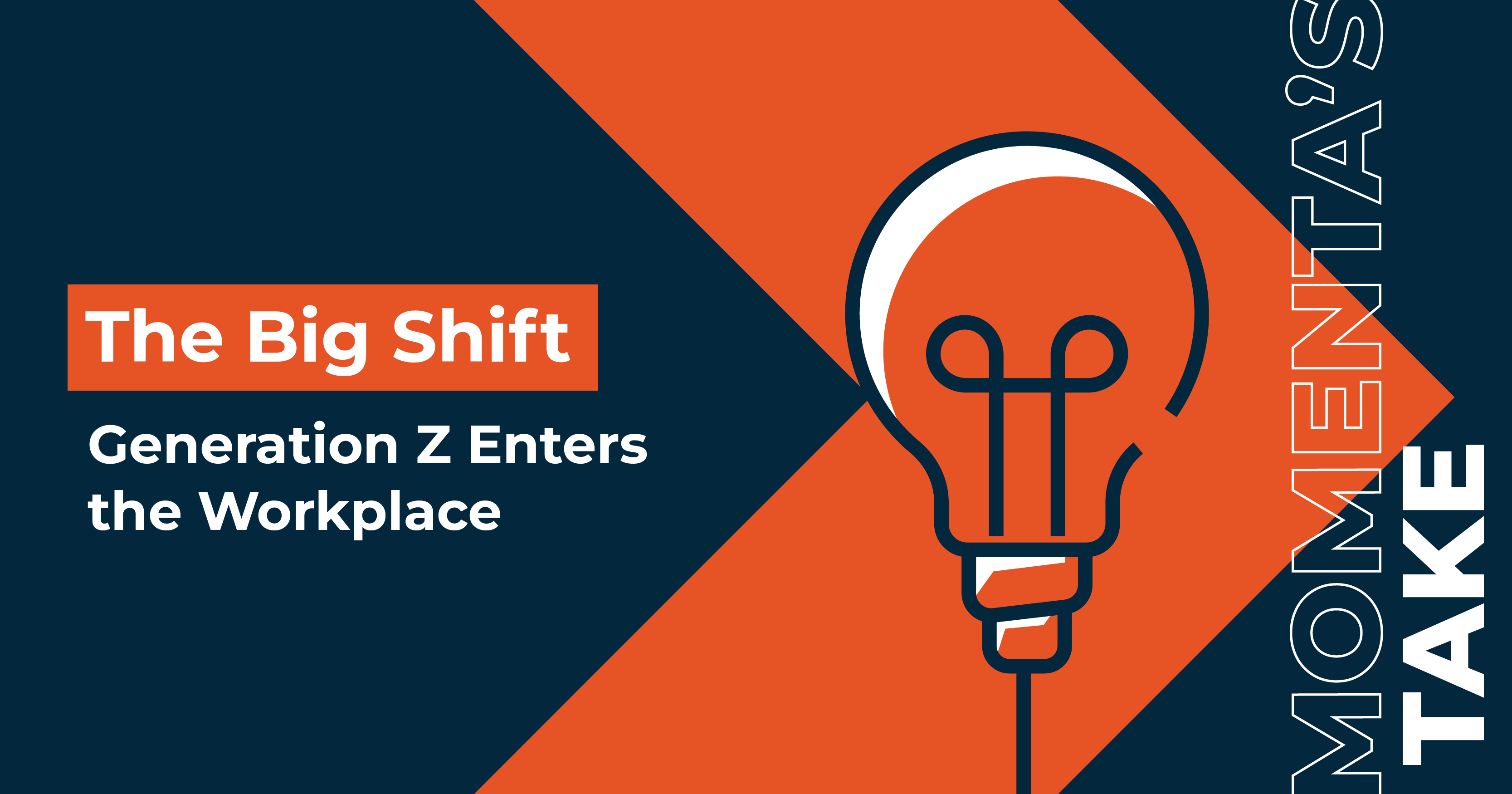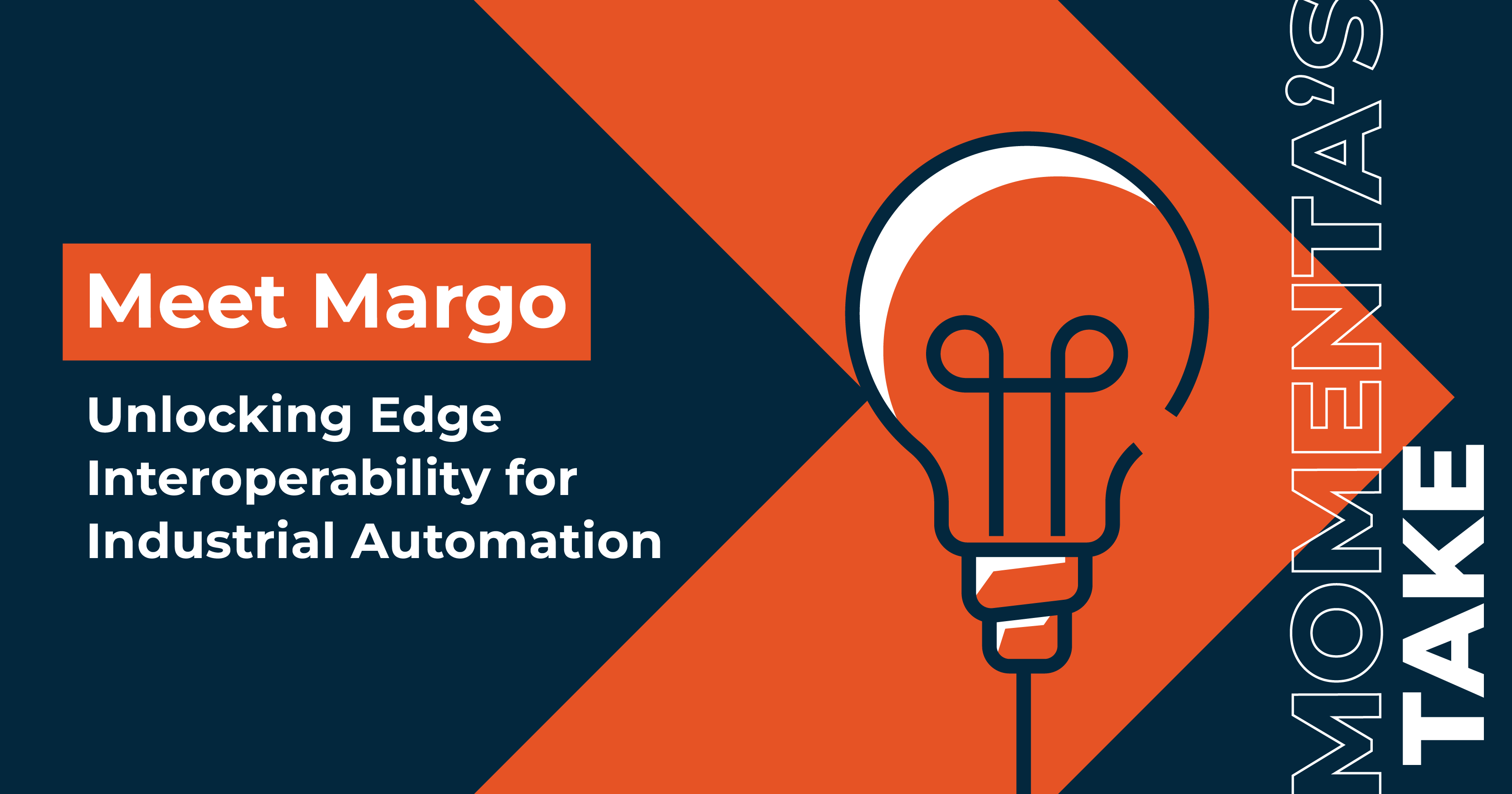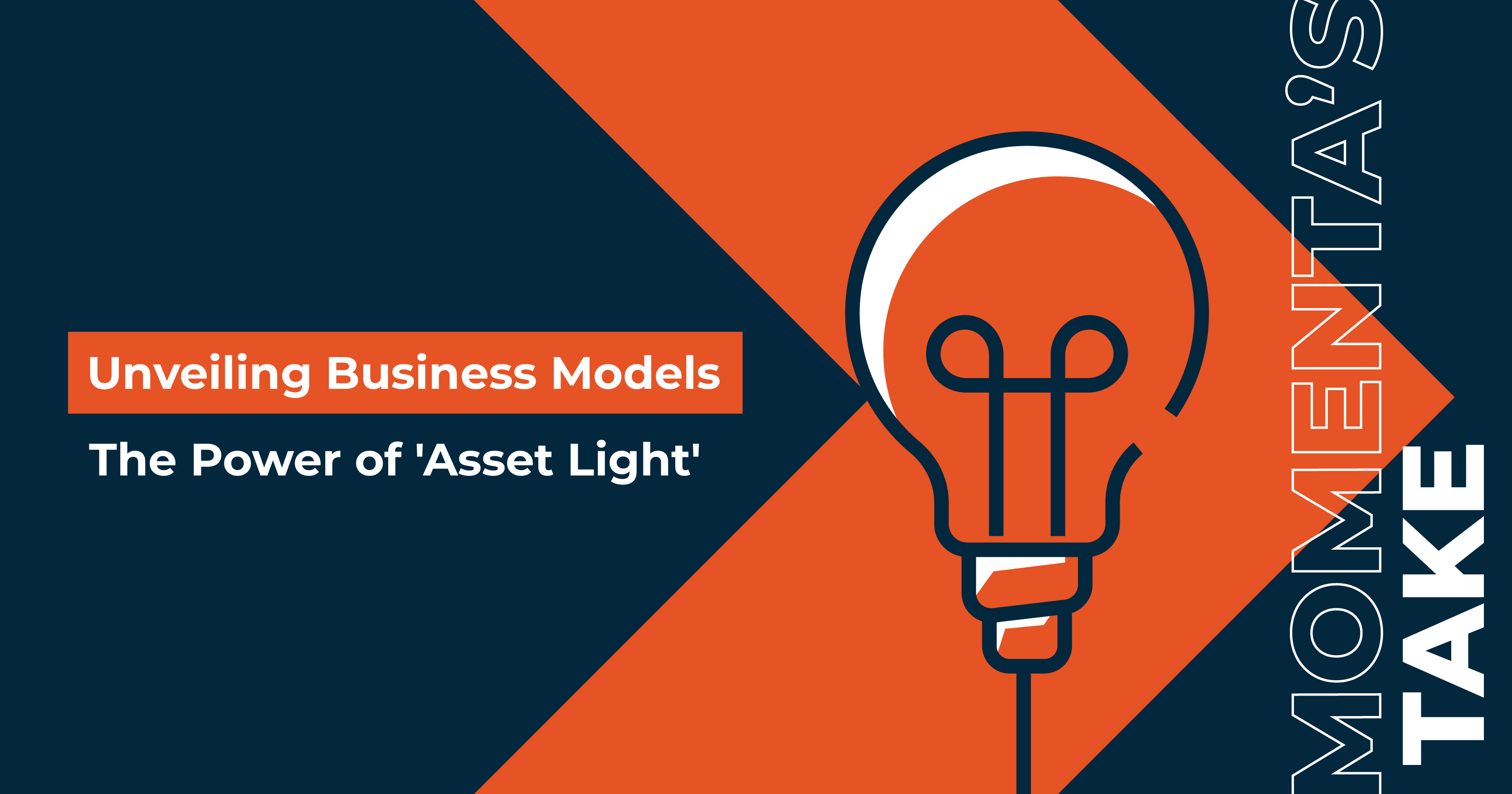Event Spotlight
Blockchain and Supply Chain – Not Ready for Prime Time
Ed Maguire

With the mania around Bitcoin and ICO’s having cooled into a “crypto winter”, there’s still a lot of interest in blockchain technology’s applications for real world use cases. Part of the challenge lies in defining where the technology is relevant, and how it can be effectively deployed. A meeting of the New York Supply Chain Meet-up in New York in late January offered up several perspectives that updated views of blockchain as applied to the supply chain.
A few takeaways:
- While the ideas for blockchain in supply chain sound promising, real ROI is still elusive
- The technology is still too nascent to be viable for scalable use cases
- There’s a lot of innovation happening at the protocol level, but enterprises remain risk averse with brand new technologies
- Despite the skepticism, there are real-life use cases emerging including package tracking across the supply chain and provenance for wine that show great promise.
Blockchain in Supply Chain and Logistics, Real World Lessons Learned
Rob Bailey, the Co-Founder & CEO of MState shared an overview from a venture perspective. Supply chain remains one of the hottest sectors to invest in around blockchain. The big question is; how can Distributed Ledger Technologies revolutionize analog supply chains? There are multi-billion-dollar supply chains that are dependent on paper and phone calls to manage processes. The key question is how to get use cases into production.
Why is Supply Chain so interesting for blockchain?
Supply Chain offers a clear value proposition for digitalization. There is strong enterprise interest with 53% of companies Deloitte surveyed, the current technology is lacking with paper bills of lading and legacy ERP, there is a massive market, growing VC interest and room for a lot of winners. In his view, DLT is like next generation ETL for supply chain. MState found that the ROI around provenance is not believable is some cases. Transparency in real-time is valuable in many cases with the ROI from being able to see inventory levels and visibility. DLT is useful when data is not owned by a single party and can be trusted across a complex value chain.
Why is adoption of blockchain proceeding so slowly?
There are too many solutions looking for problems with very little consideration around ROI, and provenance is not that compelling a value proposition. There are some high-profile projects that are struggling like Maersk and IBM while there are few providers with the complete skill set, and the technology is still too immature. There are increasingly companies that are focusing on verticals, such as Chronicled which has gone all in on Pharma. Beyond the debates around protocols and philosophy, there are still many open questions around enterprise use cases.
Currently there are almost 100 networks on Hyper-ledger that are in production, and Unbounded.network is tracking the projects. A notable Hyper-ledger project is Circulor which tracks conflict diamonds. Chain-m is blockchain for the airlines, along with the Food Trust Network at Walmart.
Big Challenges bringing Blockchain to the Supply Chain
Eric Johnson, Senior Editor of the Journal of Commerce views big challenges in bringing blockchain to the supply chain. The reality is that most people in the logistics and shipping industry are quite rudimentary in their understanding of the technology.
The challenge is that shippers with resources are not thinking about product and technology innovation. Most companies barely get by; they don’t have people on hand to think about transformative technology. There are very few people with an overlap between blockchain and supply chain expertise. Tokenizing data will help make blockchain projects easier to adopt.
What could be the killer blockchain apps in logistics?
Two that come up are cargo visibility: in transit you want to know what can you do if there are delays, and how to take historical data and feed this into procurement and transportation modal choices. The second use would be reducing the number of systems – there is ERP plus SaaS plus apps – to shrink this down. Supply Chain is inherently inter-enterprise so Distributed Ledger Technology could help with collaboration. Trust is not a big issue as far as logistics is concerned – logistics are based on relationships between parties that already have some trust among each other. Identification is a highly relevant area where blockchain could create value.
Real-life use cases for blockchain are emerging
Sharad Malhautra, Senior Manager, Digital Transformation shared Blockchain Cases from E&Y shared several use cases. Logistics is complex with the manufacturer, 3PL, 4PL, warehouse, e-commerce provider and last mile delivery agents involved. Locating a package in the process is more art than science. A digital twin approach can mirror a package in the physical world – and can be done with tags, QR codes, bar codes etc. Most enterprises are already implementing serialization, but small players are not yet.
The problem can be addressed by tokenization of assets– any physical asset can be given a digital attribute. Creating an order could create an asset token behind the scenes. Each box is tracked through the process and tracked through a QR code. One of the advantages of tokens is that each asset cannot be double counted – and this is fundamentally different from any track and trace system. E&Y is working to build create a hierarchical token that represents complex assets to enable sophisticated operational and financial services against those assets. Their OpsChain platform can track materials from raw to manufacture, transport, warehouse, sale and support.
Preventing leakage across the supply chain
Another use case is reconciliation around track and trace. In procurement, Directed Buy refers to a manufacturer pre-negotiating a supply agreement with upstream suppliers. The problem is that very few people know the fundamental business transaction between the contract manufacturer and supplier. Leakage comes from incorrect prices several levels away in the supplier chain. One supply chain had $100mn of value leakage across 40,000 suppliers. A price management platform on the platform with tiered pricing - backward integrated with an ERP system so that the price agreed is the price paid.
Tracking higher value assets through the process.
The Wine Blockchain tracks the information on every stage of the wine making process from cultivation to bottling. The information is available to all of the participants involved. There is real economic value – with a recent survey showing that 74% of consumers are influenced by product traceability. 20% of the world’s wine is counterfeit and 71% of consumers are willing to pay a premium for traceability and verifiability. A QR code tells the story behind every bottle with the information secured on a blockchain.![]()



